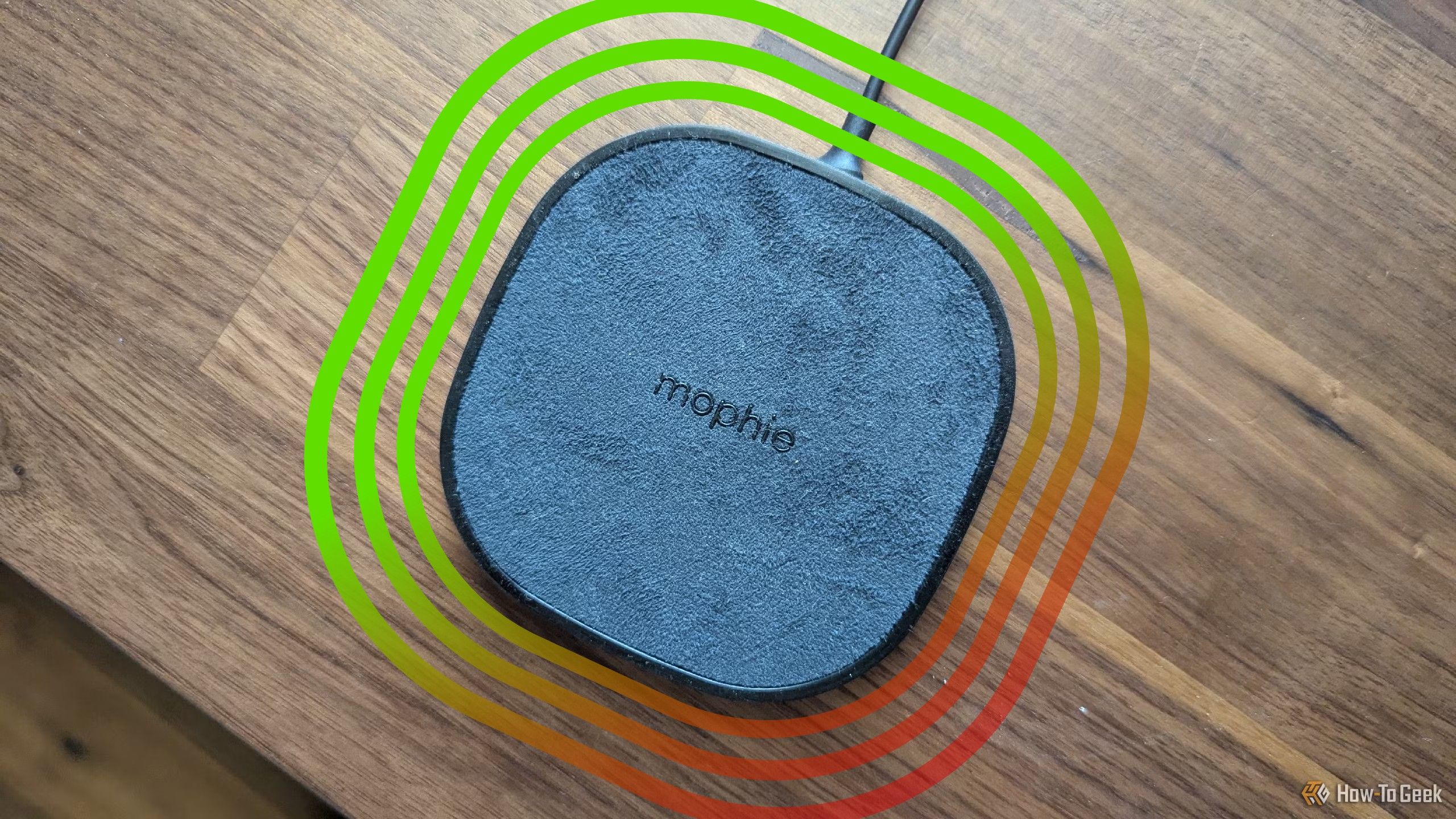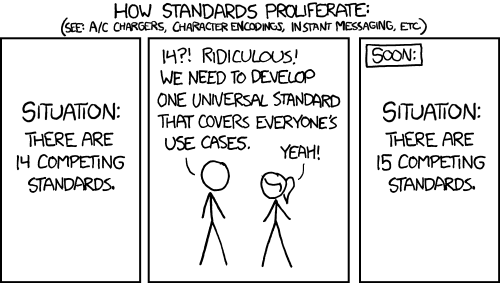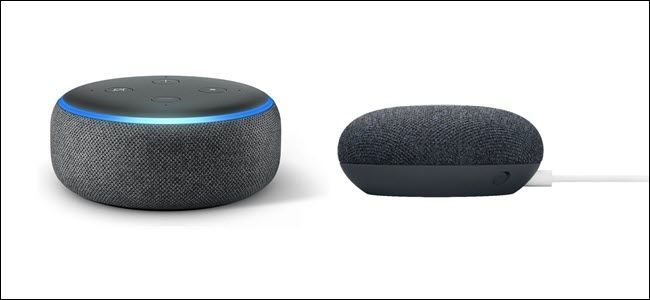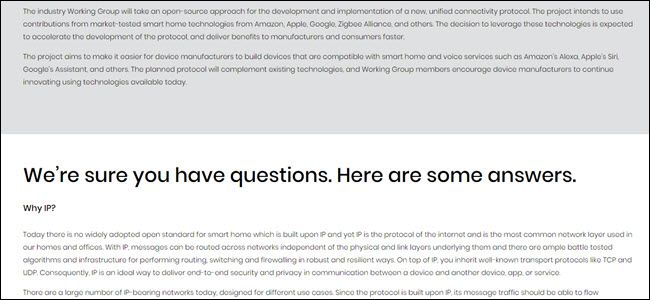The group will create a new unifying standard for smart home devices, and that’s a big deal.
As of May of 2021, Project Connected Home Over IP is now known asMatter.
Related:What Is Matter, and How Will It Transform Smart Homes?

Should you get aWi-Fi, Z-Wave, or ZigBeebulb?
What about Bluetooth bulbs?
Is a hub required to control them?

xkcd
Do you want voice control?
If so, would you prefer Alexa, Google Assistant, or Siri?
And what aboutThread,OpenWeave, and other competing standards?

Amazon, Google
Are you missing out if you don’t invest in those?
Each standard has varying benefits and downsides.
Wi-Fi smart devices are fast communicating, low latency devices that yield quick response times.

But they’re also power-hungry and so inappropriate for small coin-cell battery-powered devices like sensors.
Thread, on the other hand, is efficient and low-powered, but slower than Wi-Fi.
That’s perfect for small sensors, but maybe not the best choice for a smart display.
Unfortunately, those standards won’t work together either—even when they seem similar.
Most smart gadgets support just one wireless standard, say ZigBee or Wi-Fi, but not both.
The kitchen sink route might seem beneficial to you, but it also comes with drawbacks.
Manufacturers need to spend extra time and effort to incorporate additional standards.
Sometimes that even means adding extra hardware as well.
All of that leads to an increased cost for development, which the companies pass on to you.
Each new standard also comes with its vulnerabilities and defects.
IP has been around for ages, and manufacturers understand its benefits and security needs.
That’s a boon to you because that drives down the hardware costs and increases security.
That’s why CHIP wants to rely on IP for its unifying standard.
Manufacturers, in turn, would need fewer resources to create smart home products and to maintain them.
Grant Erickson, president of Thread Group, seems positive about the developments.
He told us in a statement:
We at the Thread Group feel validated on two fronts.
We believe that this effort will confer tangible, meaningful benefits to both product manufacturers and consumers alike.
We look forward to seeing what true convergence can bring to the market.
And he’s right.
CHIP Won’t Replace Your Interface
CHIP has two goals.
First, it wants to make manufacturing secure and cross-compatible smart devices easier.
Second, it wants to make smart devices more accessible to consumers.
That means most of the work will be in the background.
Since all that work is in the background, your interface won’t change.
That should help reduce adoption pains.
When Will CHIP Arrive in Consumer Products?
You might be wondering when you will start seeing the standard incorporated into devices.
Well, don’t hold your breath.
All we have now is an announcement of an intention.
The standard doesn’t exist, and an exact plan still needs to be hammered out.
It doesn’t even have an official name.
That means developers will start playing with it near the end of 2020 and in early 2021.
Actual products that support the CHIP connectivity standard will arrive later.
you’re free to see how early in the process this is by visitingCHIP’s website.
It’s nothing but a wall of text with some proposed thoughts and basic promises.
The only images are logos of companies that have signed on.
Even the site itself is a bit of rush job—it’s a Squarespace site.
Until recently, you could still hit the escape key to reach the Squarespace default login page.
CHIP’s goals are lofty, and smaller groups have tried to accomplish its goal without much traction.